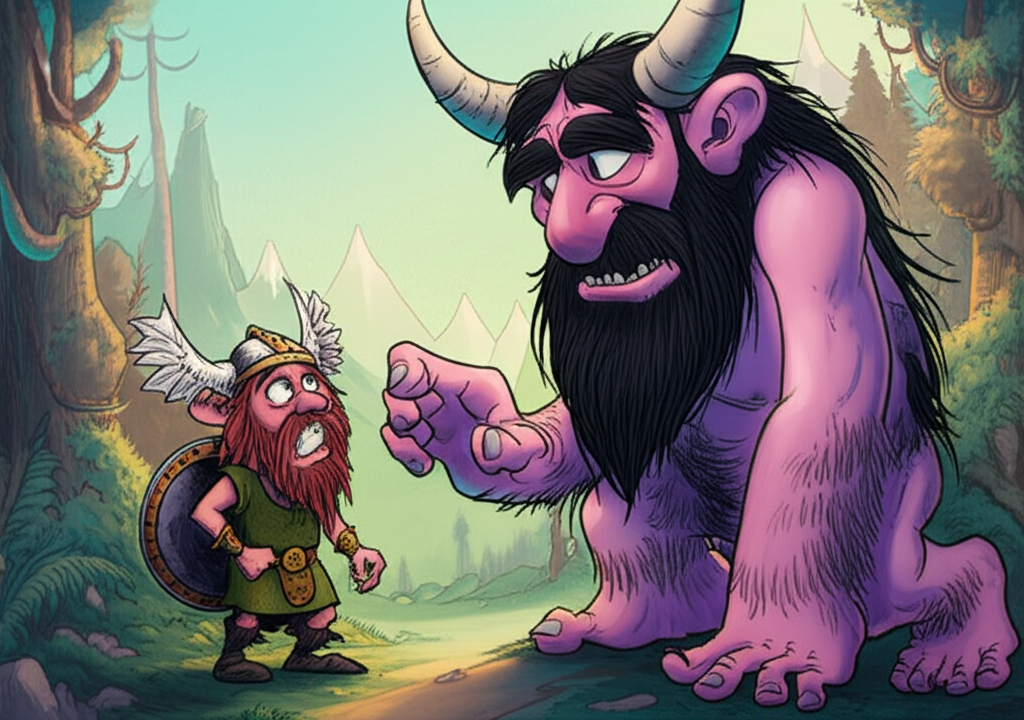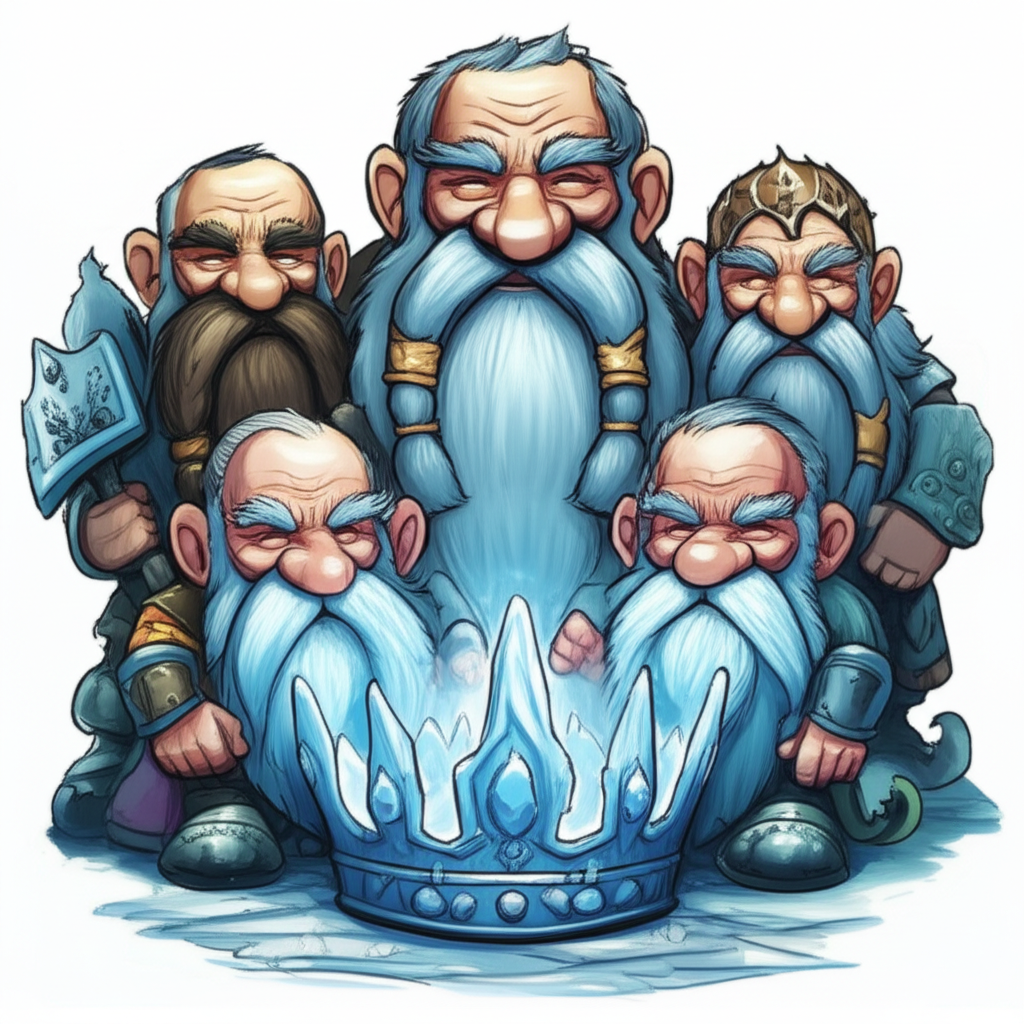The swirling mists of the North, the biting winds that carve the fjords, and the vast, star-dusted skies – these were the backdrop against which the ancient Norse peoples wove their intricate tapestry of myths and legends. From the rugged coasts of Scandinavia and the windswept islands of the British Isles, these stories, passed down through generations by skalds and storytellers, offered explanations for the world’s mysteries, the ebb and flow of seasons, and the very essence of existence. Among these ancient narratives, the tale of Baldr’s death stands as a poignant and pivotal moment, a story deeply interwoven with the origins and perceived nature of Asgard, the celestial realm of the gods. It is crucial to understand that this is a traditional story, a product of human imagination and cultural expression from a bygone era, not a factual account or a religious doctrine.
To grasp the context of this myth, we must journey back to a time when the world was perceived as a more elemental and dynamic place. The Viking Age, roughly from the late 8th to the mid-11th century, was a period marked by seafaring, trade, and warfare. The Norse people lived in close proximity to the raw power of nature – the fury of storms at sea, the harshness of winter, and the vibrant burst of life in spring. Their worldview was shaped by this environment. They saw the world as a precarious balance between order and chaos, light and darkness, life and death. The gods, in their understanding, were powerful beings who intervened in human affairs, but they were also subject to fate and the inevitable cycle of existence. Their cosmos was not a static creation but a living, breathing entity, constantly in flux. Asgard, the shining city of the gods, was envisioned as a place of immense beauty and power, a bastion against the encroaching forces of chaos, but even its perfection was not immune to the shadows that lurked at the edges of their understanding.
Central to the myth of Baldr’s death is the figure of Baldr himself, often depicted as the god of light, joy, and purity. He was the son of Odin, the Allfather, and Frigg, the queen of the gods. Baldr was renowned for his beauty, his wisdom, and his gentle nature. He was the embodiment of all that was good and cherished in the Norse cosmos. His presence was said to bring warmth and happiness, and his dreams were often seen as omens of future events. The symbolic attributes associated with Baldr point towards the veneration of light and order. He was the radiant star in the celestial firmament, the beacon of hope against the encroaching darkness of the world. His blamelessness and inherent goodness made him a figure of deep affection and admiration, a stark contrast to the more volatile and often vengeful nature of some of his divine kin.
The narrative of Baldr’s demise begins with his unsettling dreams, visions of his own impending death. Odin, ever watchful and deeply concerned for his beloved son, sought to understand these ominous premonitions. He journeyed to the realm of Hel, the underworld, and consulted a Völva, a seeress of immense age and power, who revealed the grim truth: Baldr would be killed. Upon his return, Odin and Frigg, desperate to protect their son, devised a powerful oath. Frigg, through her divine insight and persuasive power, extracted a promise from every living thing and every inanimate object – from fire and water to stones and diseases – that they would not harm Baldr. This was a testament to Baldr’s inherent goodness; even the forces of nature were willing to spare him.
With this seemingly impenetrable shield of protection, the gods found joy in a new game. They would gather in assemblies and test Baldr’s invincibility. Arrows would bounce off him, spears would shatter against his skin, and blades would turn aside. Laughter and cheers would echo through Asgard, celebrating Baldr’s perfection and the gods’ cleverness in ensuring his safety. However, this idyllic scene was shadowed by the machinations of Loki, the trickster god, whose heart was consumed by envy and malice. Loki, disguised, discovered that Frigg, in her haste to protect her son, had overlooked one insignificant plant: mistletoe. This seemingly harmless vine, deemed too young and frail to take an oath, was the only thing in creation that could wound Baldr.
Seizing this fatal flaw, Loki fashioned a dart from the mistletoe and, with a cruel smile, approached Baldr during one of the games. He approached Baldr’s blind brother, Hodr, a god often associated with darkness and winter, and, under the guise of offering him a worthy weapon, placed the mistletoe dart in his hand. He then guided Hodr’s aim, directing the innocent thrust towards Baldr. In an instant, the shining god was struck down. A gasp of horror rippled through Asgard. Baldr, the beloved, the radiant, lay dead, a victim of deceit and a forgotten oath.
The death of Baldr plunged Asgard into profound grief. The light seemed to dim, and a pall of sorrow descended upon the celestial realm. Odin’s sorrow was immense, and the gods were filled with despair. They sent Hermod, a swift messenger god, to the underworld to plead with Hel for Baldr’s return. Hel, a formidable and unyielding ruler, agreed to release Baldr only if all things in creation wept for him. And so, the gods dispatched messengers across the realms, imploring every being, from the mightiest giants to the smallest insects, to shed tears for the fallen god. All wept, save for a single, solitary giantess (often identified as Loki in disguise), who refused to mourn, thus sealing Baldr’s fate and preventing his return to the land of the living.
This profound tragedy, the death of Baldr, held significant symbolic weight for the ancient Norse people. It represented the inevitability of death, even for the most beloved and pure. It spoke to the fragility of light and joy in the face of darkness and malice. The story could have been interpreted as a reflection on the cyclical nature of existence, where even the brightest light eventually fades, making way for new beginnings, however sorrowful. Baldr’s death was also a stark illustration of the destructive power of envy and deceit, embodied by Loki, and the tragic consequences that can arise from even the smallest oversight or hidden weakness. It served as a cautionary tale about the importance of vigilance and the pervasive nature of evil. Furthermore, the narrative of Asgard’s grief and the gods’ helplessness in the face of this loss might have reflected the human experience of confronting insurmountable sorrow and the limitations of even divine power against the forces of fate.
In the modern world, the myth of Baldr’s death continues to resonate, finding its place in various forms of art and entertainment. It is a recurring motif in literature, often appearing in fantasy novels that draw inspiration from Norse mythology. In popular video games and cinematic adaptations, characters and storylines are frequently influenced by these ancient tales, offering new interpretations of the gods and their eternal struggles. Cultural studies scholars delve into these myths to understand the values, fears, and aspirations of the societies that created them, shedding light on the human condition across different epochs. These modern interpretations, while imaginative and engaging, often reimagine the narrative for contemporary audiences, exploring themes of loss, redemption, and the enduring struggle between good and evil.
It is important to reiterate that the tale of Baldr’s death is a traditional story, a rich product of ancient Norse folklore and imagination, not a literal account of events or divine power. As Muslims, we recognize that the only true Creator and Sustainer of the universe is Allah (God), who is One and without partners. We acknowledge that these narratives, while fascinating from a cultural and historical perspective, are the creations of human minds seeking to understand the world around them.
In conclusion, the myth of Baldr’s death and its connection to the perceived origins and vulnerabilities of Asgard serves as a powerful testament to the enduring human need for storytelling. It is a narrative that explores the profound themes of life, death, love, and loss, painted against the epic canvas of Norse cosmology. By studying these ancient tales, we gain valuable insights into the cultural heritage and imaginative spirit of the people who first told them, appreciating the enduring power of human creativity and the timeless art of storytelling.





